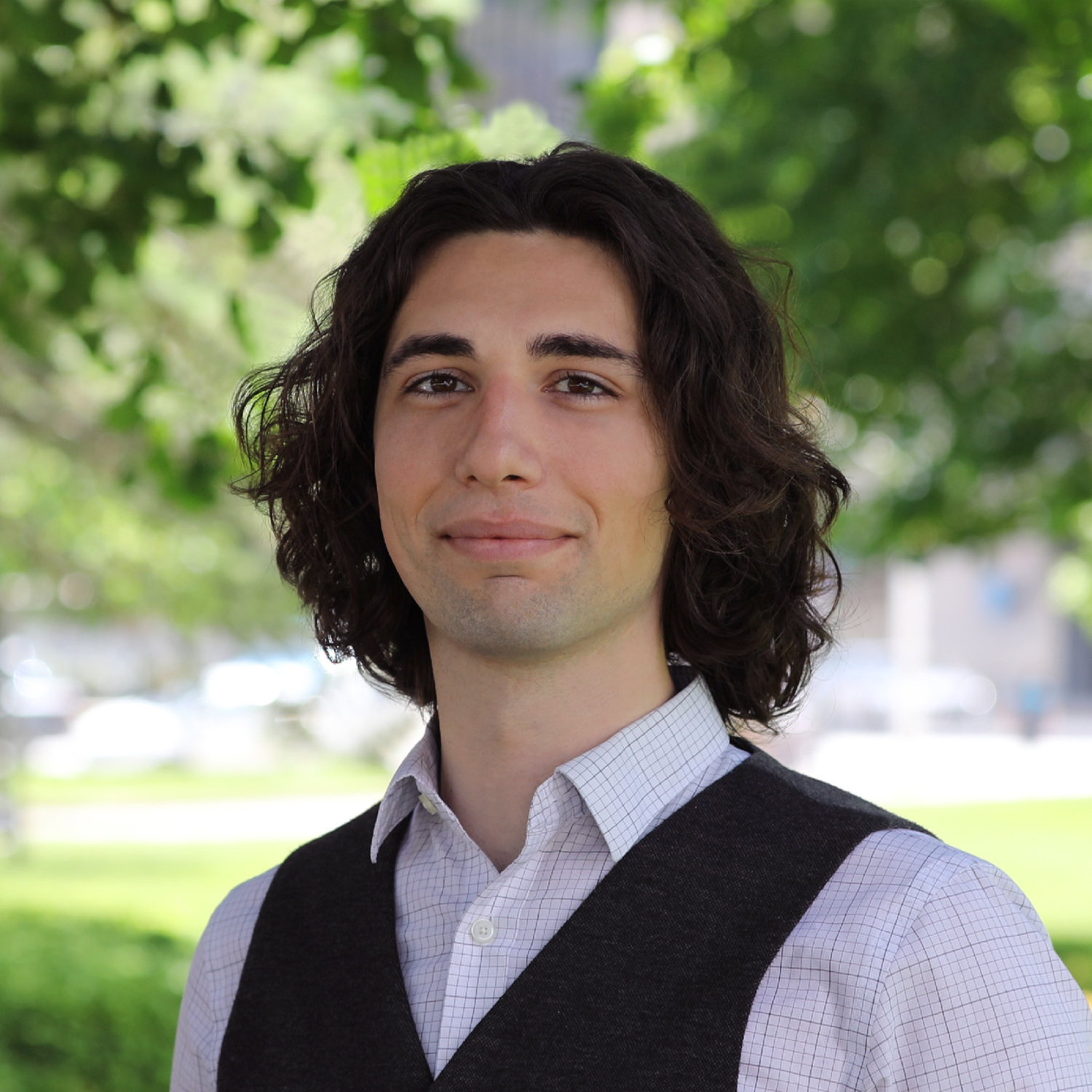School Choice Participation by Students with Disabilities
March is disabilities awareness month, so now is a great time to become more familiar with the students with disabilities (SWDs) utilizing private school choice programs throughout the country.
Parents of students with disabilities are one of the most passionate constituencies for private school choice. Some choice skeptics would be surprised by this. After all, they say, private schools are not governed by the Individuals with Disabilities in Education Act (IDEA) the way public schools are.
But every law requires enforcement, and not all laws are enforced equally. Every year, tens of thousands of parents go through a formal process of demonstrating their kids are not receiving promised and necessary services from their assigned public schools. These parents are disproportionately affluent.
Sometimes, it is much easier for a parent to identify another education option that may offer a better environment for their child with disabilities. School choice programs make this option more attainable.
How much more attainable? Let’s look at publicly available data.
Fourteen of the 80 private school choice programs operating in the United States are restricted exclusively to SWDs: Arizona’s Lexie’s Law program; Florida’s Family Empowerment Scholarship for Students with Unique Abilities (FES-UA); Georgia’s Special Needs Scholarship Program; Indiana’s Education Scholarship Account Program; Louisiana’s Program for Certain Students with Exceptionalities; Mississippi’s Equal Opportunity for Students with Special Needs Program, Nate Rogers Scholarship for Students with Disabilities Program, and Dyslexia Therapy Scholarship; North Carolina’s “ESA+” program, Ohio’s Jon Peterson and Autism scholarship programs; Oklahoma’s Lindsey Nicole Henry program; South Carolina’s Educational Credit for Exceptional Needs Children and Refundable Educational Credit for Exceptional Needs Children; Tennessee’s Individualized Education Account program; Utah’s Special Needs Opportunity Scholarship and Carson Smith Special Needs Scholarship; and Wisconsin’s Special Needs Scholarship.
Arizona’s Empowerment Scholarship Account program, Indiana’s Choice Scholarship Program, and Maryland’s BOOST program are not restricted to SWDs but report participants who fall into that category. Arkansas’s Succeed Scholarship Program may include children in group foster care and children of active duty or reserve members of the military; while we don’t know the precise number of participants who are SWDs, the children who fall under the other eligibility categories are very small in number. Notably, Arizona’s ESA program used to be targeted exclusively to SWDs before expanding to universal eligibility in 2022.
These programs and their SWD totals for the most recently available academic year are detailed in the table below. You can find these reports yourself by referencing the Data & Methodology section of The ABCs of School Choice.
| State | Program | Special Education Students |
| Arizona | Empowerment Scholarship Accounts | 11,029 |
| Arizona | Lexie’s Law for Disabled and Displaced Students Tax Credit Scholarship Program | 1345 |
| Arkansas | Succeed Scholarship Program | 795 |
| Florida | Family Empowerment Scholarship for Students with Unique Abilities | 91,037 |
| Georgia | Special Needs Scholarship Program | 5,788 |
| Indiana | Choice Scholarship Program | 1,540 |
| Indiana | Education Scholarship Account Program | 412 |
| Louisiana | School Choice Program for Certain Students with Exceptionalities | 428 |
| Maryland | Broadening Options and Opportunities for Students Today (BOOST) Program | 220 |
| Mississippi | Equal Opportunity for Students with Special Needs Program | 381 |
| Mississippi | Nate Rogers Scholarship for Students with Disabilities Program | 10 |
| Mississippi | Dyslexia Therapy Scholarship | 237 |
| North Carolina | Education Student Accounts (ESA+) | 3,377 |
| Ohio | Jon Peterson Special Needs Scholarship | 8,183 |
| Ohio | Autism Scholarship Program | 4,696 |
| Oklahoma | Lindsey Nicole Henry | 1,256 |
| South Carolina | Educational Credit for Exceptional Needs Children | 1,460 |
| South Carolina | Refundable Educational Credit for Exceptional Needs Children | 624 |
| Tennessee | Individualized Education Accounts | 338 |
| Utah | Carson Smith Special Needs Scholarship | 900 |
| Utah | Special Needs Opportunity Scholarship | 345 |
| Wisconsin | Special Needs Scholarship | 2,703 |
| TOTAL | 137,395 |
In all likelihood, as I mention in a recent op-ed in Real Clear Education, the actual number of special education students using private school choice programs is much higher than 137,000. There are 60 private school choice programs that don’t publicly report this information and thus aren’t included. Another program, Montana’s Special Needs Equal Opportunity Education Savings Account Program, has no participation data available yet. Additionally, program data may undercount the number of students with disabilities or receiving special education services.
For example, Indiana’s Choice Scholarship Program only reports the number of children who claimed eligibility for the program through its special education “track,” back before the program was much more widely available. Furthermore, particularly in states with universal or near-universal eligibility, students may have unique challenges while never receiving an official diagnosis in a public school setting, thus not appearing in reported data.
Even so, a 137,000 total would mean about a sixth of all students using private school choice have disabilities. If we make the extremely conservative assumption that these are the only private school choice kids with disabilities, private school choice programs serve SWDs at the same rate as public schools.
Students with disabilities have unique needs. Sometimes, a local public school is able to meet those needs. But as these numbers suggest, there are many cases in which children and their parents are choosing to recieve their educational support elsewhere. By letting funding follow the students, more children, and especially those with disabilities, can get the right educational fit for them.




